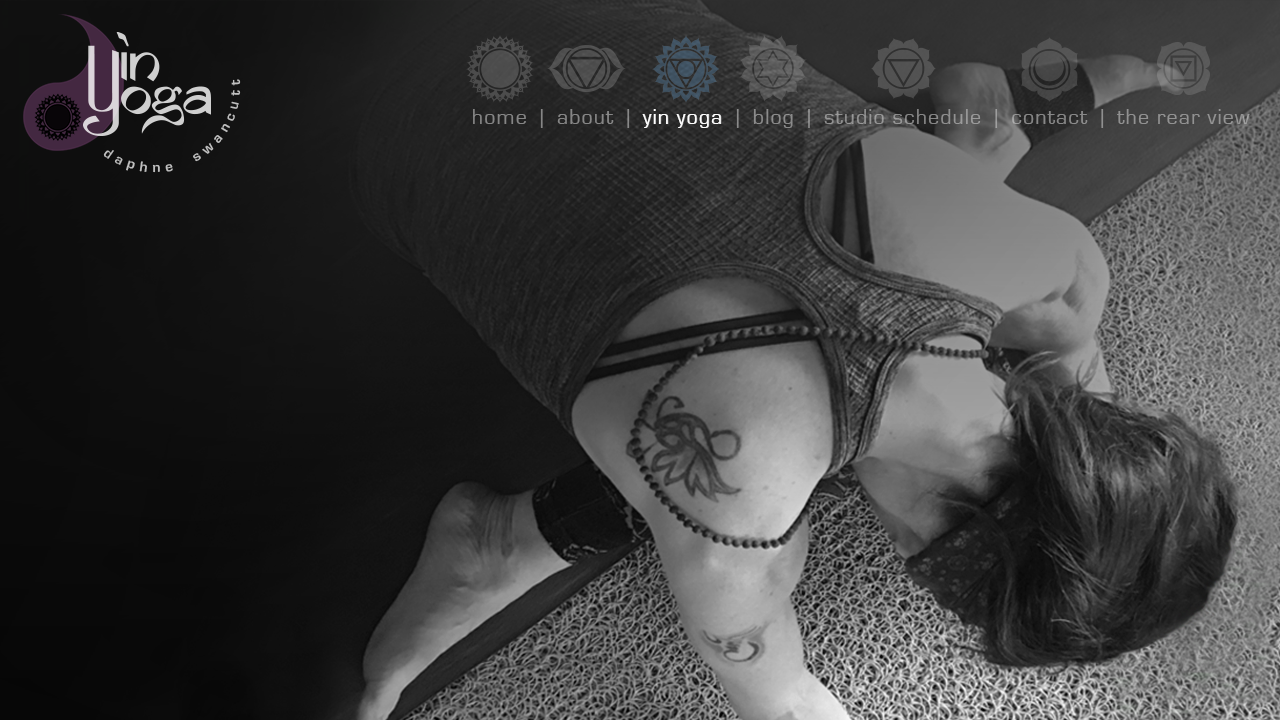Often referred to as the “other yoga,” Yin Yoga includes long-held seated or supine postures that target, stress and strengthen the body’s deeper connective tissues, and focus on the hips, pelvis and spine. Getting into these connective tissues helps our range of motion. Typically, these poses are held anywhere from two to seven minutes—sometimes longer, depending on the pose and the practitioner.
While the practice is passive and meditative, it is not without effort. Sometimes, people confuse Yin Yoga and Restorative Yoga. A good way to differentiate the two is to think of Restorative Yoga as avoiding edges, positioning the body in a comfortable way without physical stress, and remaining for between 10 to 15 minutes, or so. Yin, on the other hand, is an “edgy” practice in which you feel the sensations of tugging, pulling and stretching. These sensations can be intense and uncomfortable, possibly for the duration of the pose.
For many, the bigger challenge is finding and remaining in stillness—both in body and mind. This is frustrating for some, provocative for others, but it is also where the Yin magic occurs, and why people often leave practice feeling simultaneously calmed and rejuvenated. ![]()



